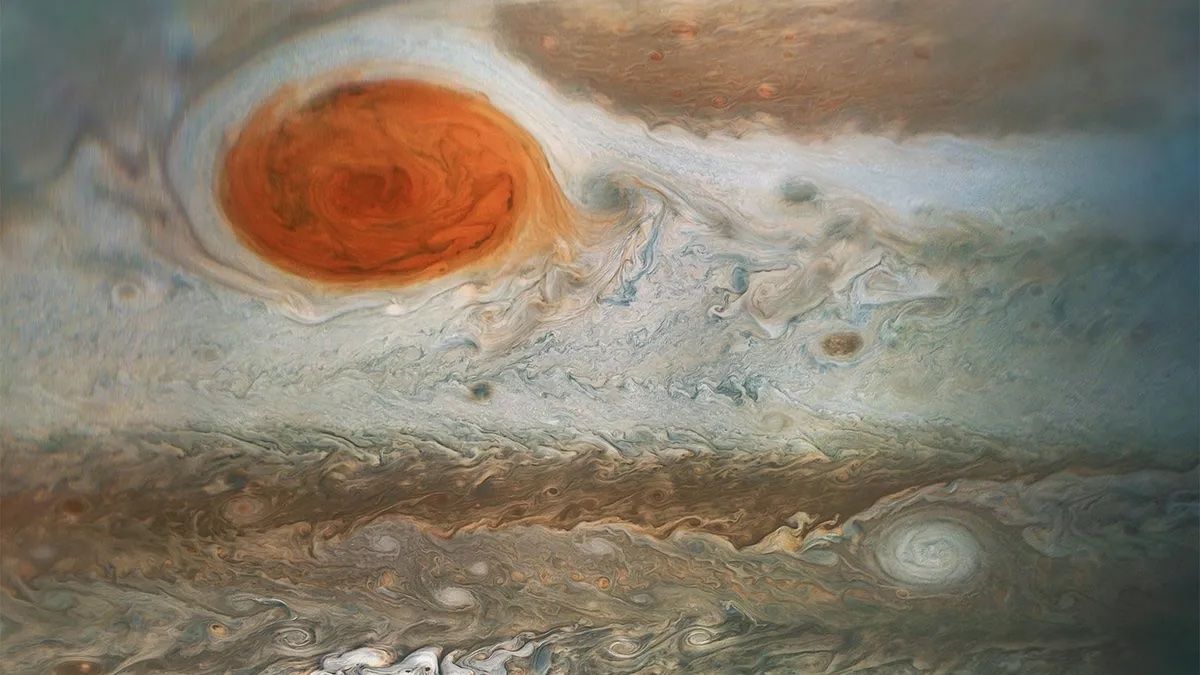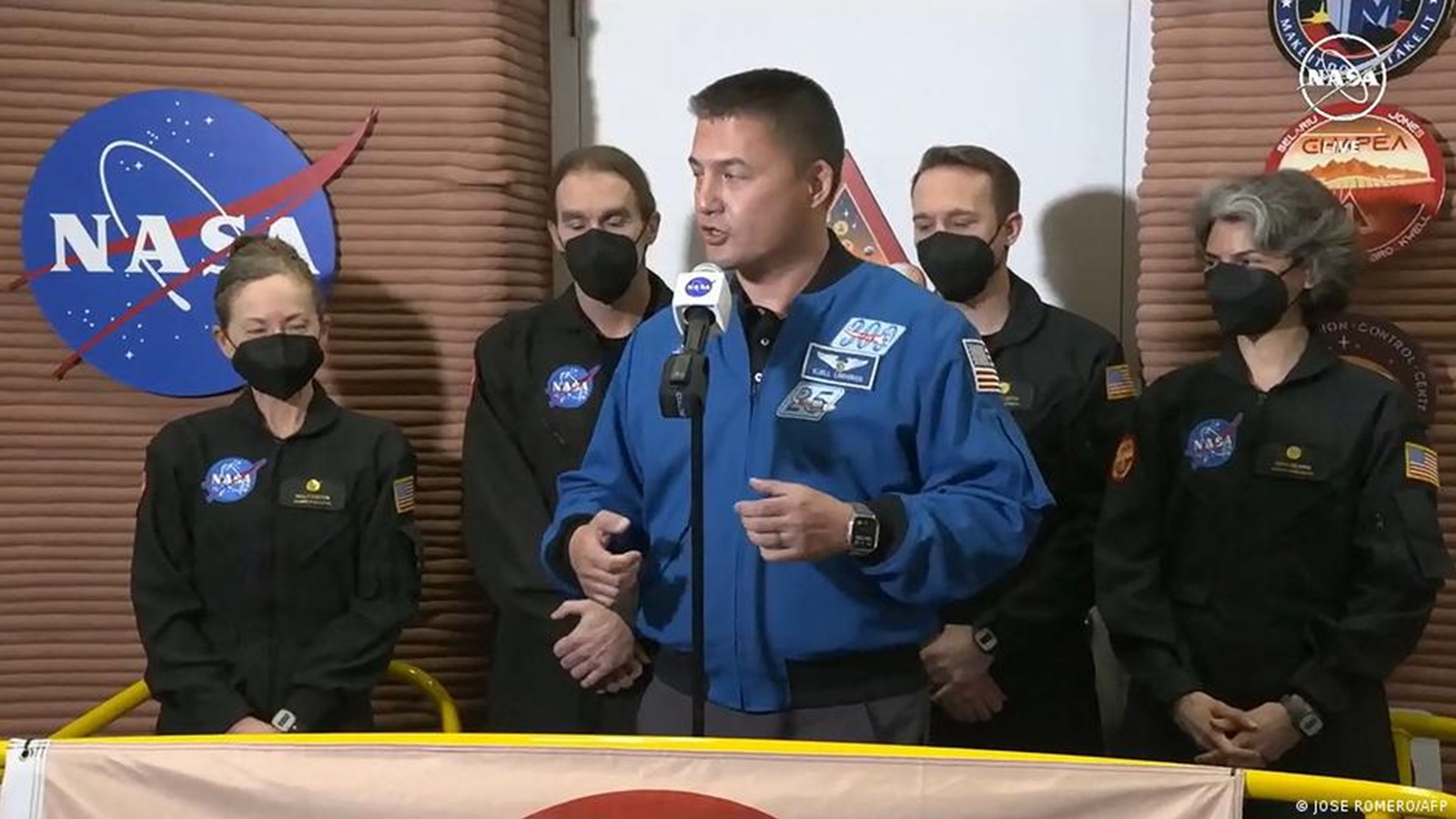A study conducted by a team of researchers led by Agustín Sánchez-Lavega, a planetary scientist at the University of the Basque Country in Bilbao, Spain, has shed new light on the Great Red Spot on Jupiter. The Great Red Spot, a massive storm that has been observed on Jupiter’s surface for over 300 years, has been shrinking and its size is decreasing significantly. This new research suggests that the Great Red Spot is most likely a newer, younger storm that was caused by wind instability.
The original “Permanent Spot” was first observed by Italian astronomer Giovanni Cassini in 1665, but it was lost sight of for centuries until its rediscovery in 1831 by English scientist Robert Hooke. However, it was believed that the current Great Red Spot might be the original “Permanent Spot,” as observed by Cassini. But Sánchez-Lavega and his team argue that this is highly unlikely and believe that the current Great Red Spot was caused by wind instability and not the original one.
The vortex formation of the Great Red Spot is believed to have been caused by wind instability resulting in an elongated atmospheric cell. The team will conduct further simulations to determine whether the Great Red Spot will eventually disappear like Cassini’s Permanent Spot. Their research was published on June 16 in the journal Geophysical Research Letters.











+ There are no comments
Add yours